Best Veggies To Plant Together For A Healthy Garden
Title: Best Veggies to Plant Together for a Healthy Garden
Introduction:
Growing a vegetable garden can be a rewarding experience, but it can also be a lot of work. One way to make gardening easier and more productive is to plant companion plants together. Companion planting is the practice of planting certain types of vegetables near each other because they benefit each other in some way. For example, some plants attract beneficial insects, while others deter pests. Some plants have similar nutrient needs, while others help to improve the soil.
By planting companion plants together, you can create a more balanced and harmonious ecosystem in your garden. This can lead to healthier plants, higher yields, and fewer pest problems.
Main Content:
Here are some of the best vegetables to plant together:
- Tomatoes and basil: Basil is a natural insect repellent, and it can help to improve the flavor of tomatoes.
- Peas and carrots: Peas fix nitrogen in the soil, which helps carrots to grow.

- Cucumbers and beans: Cucumbers and beans both have shallow root systems, so they won't compete for water and nutrients.
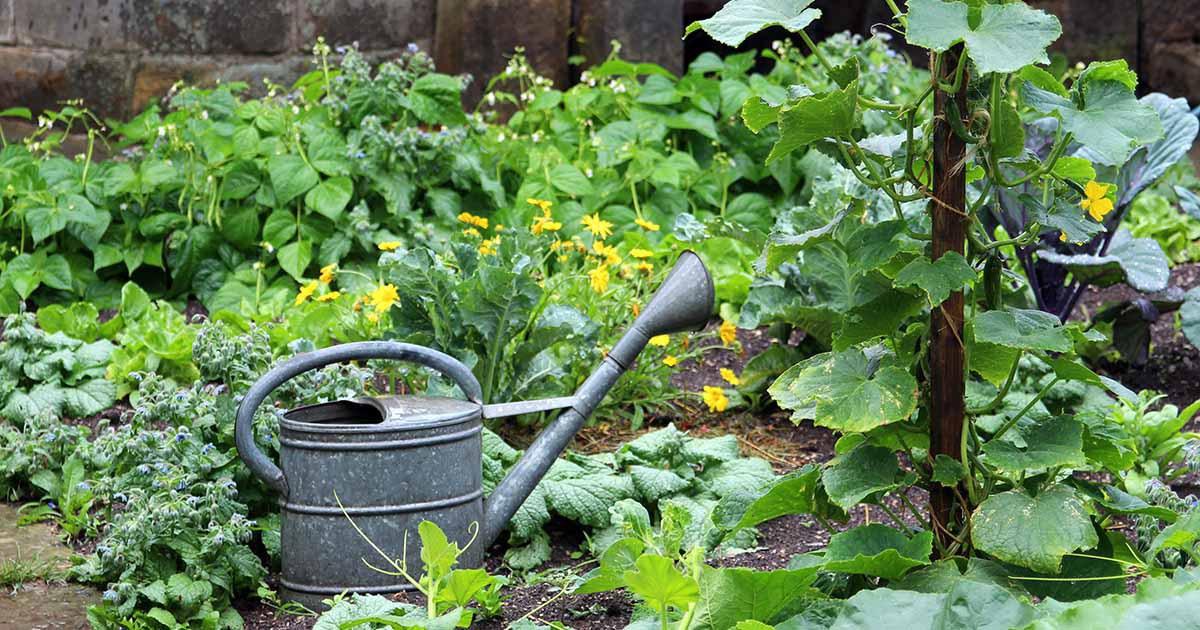
- Lettuce and spinach: Lettuce and spinach both prefer cool weather, so they can be planted together in early spring or fall.
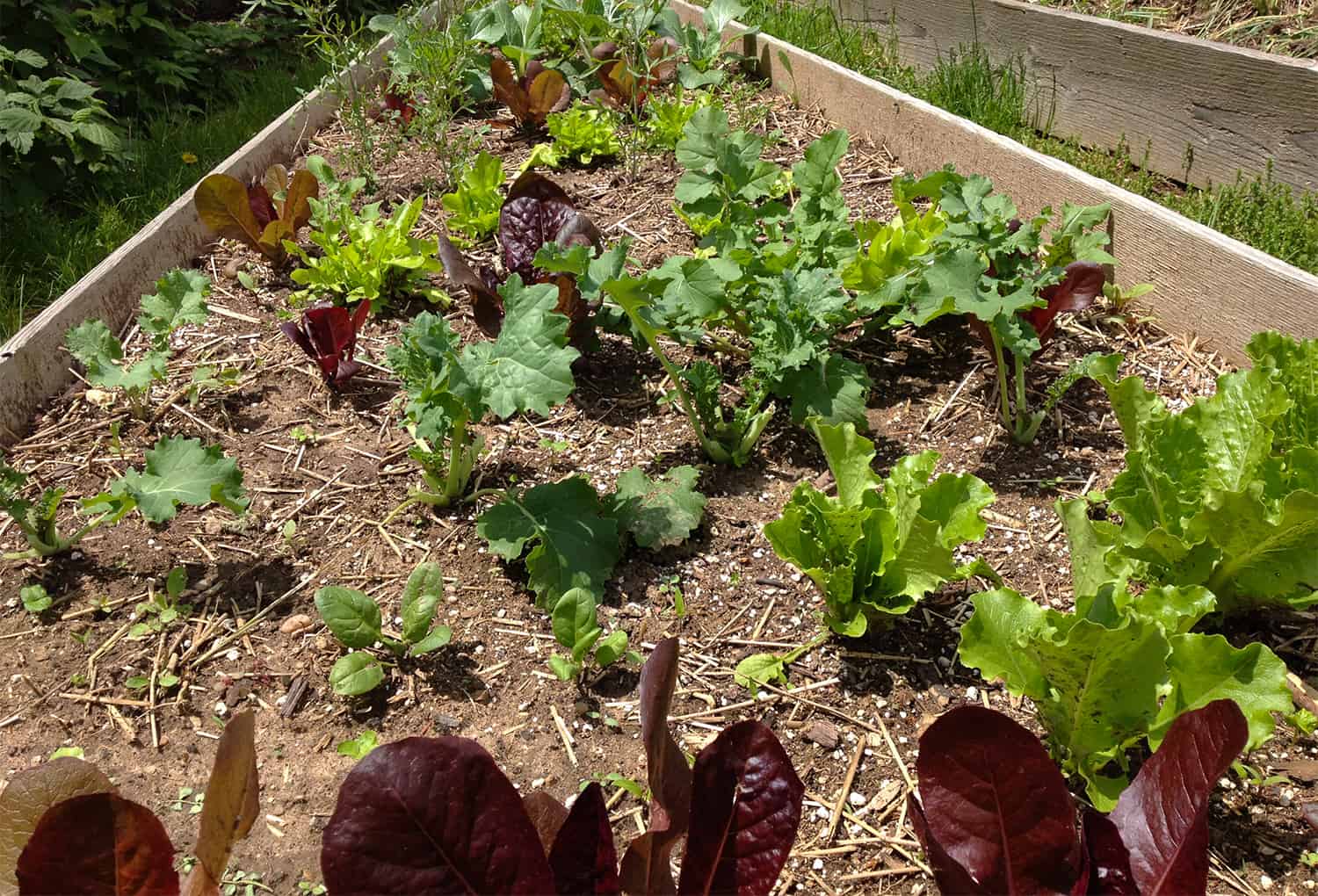
- Carrots and onions: Carrots and onions have different pest problems, so planting them together can help to deter pests.

- Pole beans and corn: Pole beans and corn can be planted together to create a vertical garden. The corn provides support for the beans, and the beans help to shade the soil, which can help to keep it moist.
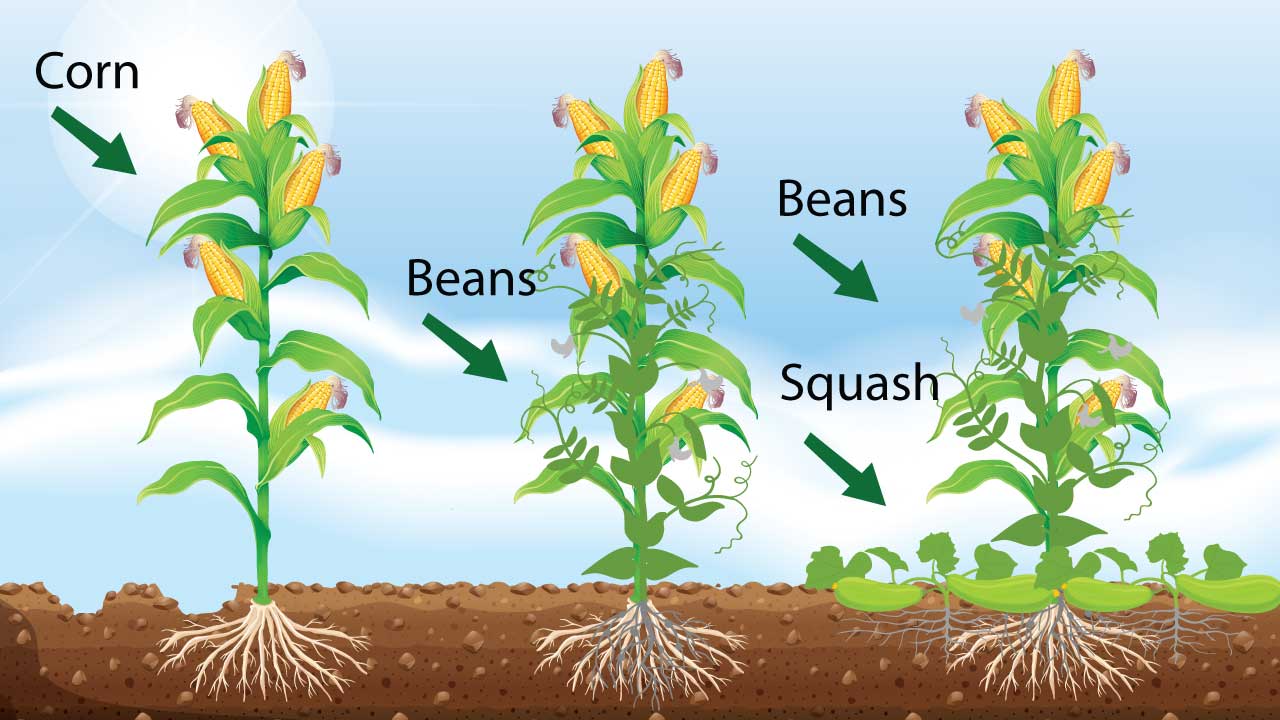
- Marigolds and tomatoes: Marigolds are a natural insect repellent, and they can help to protect tomatoes from pests like aphids and whiteflies.

- Nasturtiums and cabbage: Nasturtiums attract beneficial insects, which can help to control pests in cabbage plants.
- Onions and garlic: Onions and garlic have strong scents that can repel pests. They can also be planted around other vegetables to deter pests.

Conclusion:
Planting companion plants together is a great way to improve the health and productivity of your vegetable garden. By taking the time to learn about which plants benefit each other, you can create a more balanced and harmonious ecosystem in your garden. This can lead to healthier plants, higher yields, and fewer pest problems.
Veggies to plant together:
There are many different vegetables that can be planted together to help each other thrive. Some of the most common companion plants include:
- Tomatoes and basil: Basil helps to repel pests that can damage tomatoes, such as aphids and hornworms.
- Peas and carrots: Peas help to fix nitrogen in the soil, which can benefit carrots. Carrots also help to shade the roots of peas, which can help to prevent them from rotting.
- Lettuce and marigolds: Marigolds help to repel pests that can damage lettuce, such as aphids and whiteflies.
- Cucumbers and nasturtiums: Nasturtiums help to attract beneficial insects that can help to control pests that can damage cucumbers, such as aphids and beetles.
- Beans and corn: Beans help to fix nitrogen in the soil, which can benefit corn. Corn provides support for the beans to climb.
For more information about which vegetables can be planted together, visit Home Gardening.
FAQ of veggies to plant together
- What vegetables grow well together?
There are many vegetables that grow well together. Some common examples include:
* Tomatoes and basil: These two plants are a classic combination that is known to improve the flavor of each other.
* Peas and carrots: Peas help to fix nitrogen in the soil, which is beneficial for carrots. Carrots also help to suppress weeds, which can be a problem for peas.
* Cucumbers and melons: These plants both need full sun and well-drained soil. They can also help to shade the soil, which can help to keep it cool and prevent pests.
* Beans and corn: Beans fix nitrogen in the soil, which is beneficial for corn. Corn provides shade for beans, which can help to prevent them from getting too hot.
* Lettuce and spinach: These leafy greens can be planted together because they have similar growing requirements. They both need full sun or partial shade and well-drained soil.
For more information on which vegetables grow well together, you can consult a companion planting chart.
- What vegetables should not be planted together?
There are also some vegetables that should not be planted together. Some common examples include:
* Carrots and dill: Dill can inhibit the growth of carrots.
* Cabbage and tomatoes: Cabbage attracts pests that can also damage tomatoes.
* Potatoes and tomatoes: Potatoes and tomatoes are susceptible to the same diseases, so planting them together can increase the risk of infection.
* Eggplant and peppers: Eggplant and peppers are both susceptible to the same pests, so planting them together can increase the risk of infestation.
* Peas and onions: Onions can stunt the growth of peas.
If you are unsure whether two particular vegetables can be planted together, it is always best to consult a companion planting chart.
- What are the benefits of companion planting?
There are many benefits to companion planting. Some of the most common benefits include:
* Improved crop yield: Companion planting can help to improve the yield of your crops. This is because companion plants can help to attract beneficial insects, suppress weeds, and improve the overall health of the soil.
* Disease and pest resistance: Companion planting can help to improve the disease and pest resistance of your crops. This is because companion plants can release chemicals that deter pests and diseases.
* Enhanced flavor: Companion planting can also enhance the flavor of your crops. This is because companion plants can release chemicals that interact with the flavors of the crops they are planted with.
* Attracting beneficial insects: Companion planting can help to attract beneficial insects, such as ladybugs and lacewings, which can help to control pests.
* Improving soil health: Companion planting can help to improve the health of the soil by increasing the diversity of microorganisms and improving the nutrient content of the soil.
Image of veggies to plant together
- Carrots and radishes: These two root vegetables have different growth habits, so they won't compete for space. Carrots grow best in loose, sandy soil, while radishes prefer heavier soil.
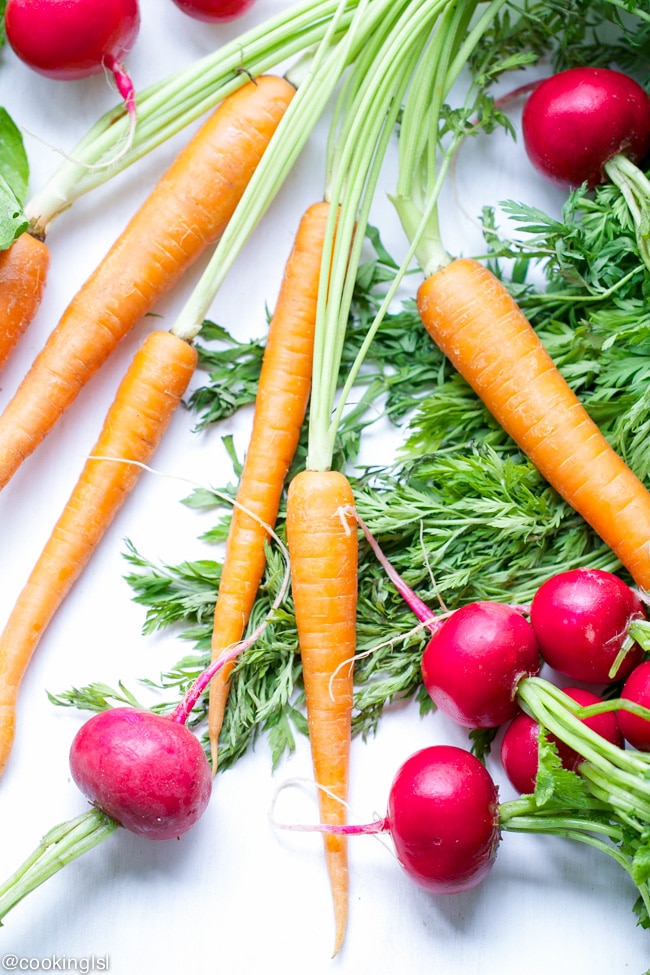
- Lettuce and spinach: These leafy greens can be planted together in the same bed. They have similar growing requirements and will help to shade the soil, which can help to suppress weeds.

- Peas and tomatoes: Peas are nitrogen-fixing plants, which means they can help to add nitrogen to the soil. Tomatoes are heavy feeders, so they can benefit from the extra nitrogen that peas provide.
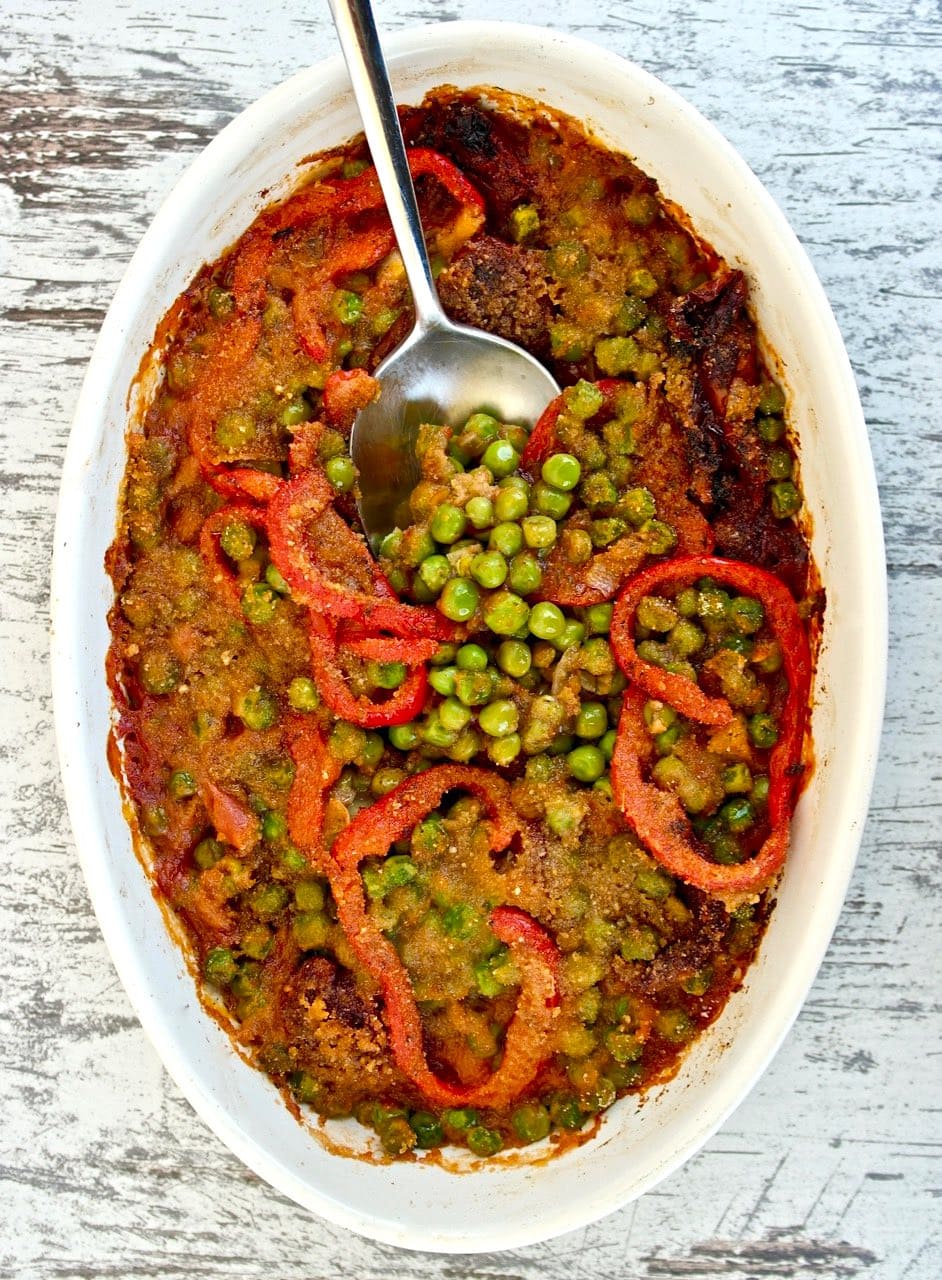
- Beans and corn: Beans and corn are both members of the legume family, which means they can help to fix nitrogen in the soil. They can also be planted together in a "three sisters" garden, which is a traditional Native American planting method.
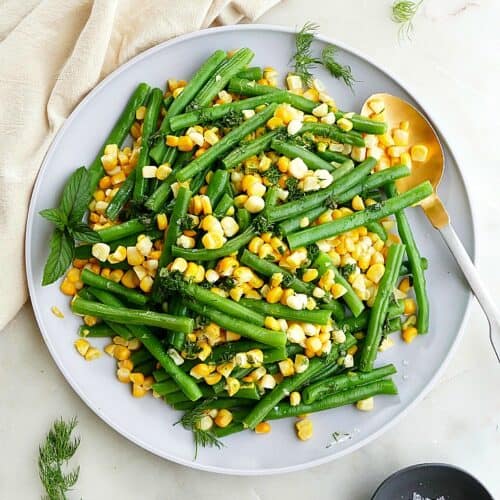
- Cucumbers and squash: These vining plants can be planted together because they have similar growing requirements. They both need full sun and well-drained soil.
- Potatoes and tomatoes: Potatoes and tomatoes can be planted together in the same bed, but they should be planted in alternating rows. This will help to prevent the spread of pests and diseases.

- Kale and broccoli: Kale and broccoli are both members of the cabbage family, so they have similar growing requirements. They can be planted together in the same bed, but they should be spaced at least 18 inches apart to give them room to grow.
- Arugula and carrots: Arugula and carrots can be planted together because they have different growth habits. Arugula is a fast-growing leafy green that prefers cool weather, while carrots are a slower-growing root vegetable that prefers warmer weather.

- Swiss chard and lettuce: Swiss chard and lettuce can be planted together because they have similar growing requirements. They both need full sun and well-drained soil.
Post a Comment for " Best Veggies To Plant Together For A Healthy Garden"